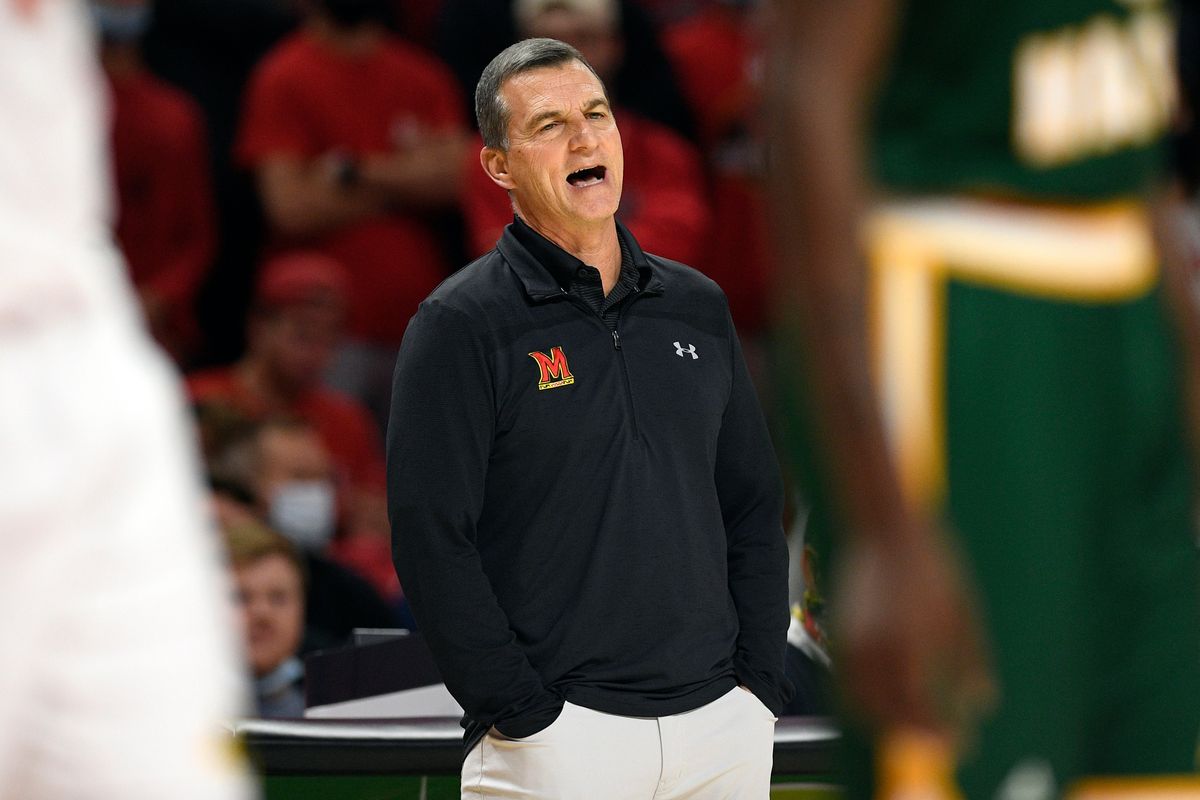Gonzaga notes: Mark Few voices support for friend, coaching colleague Mark Turgeon

Gonzaga coach Mark Few didn’t mince words when asked about longtime friend Mark Turgeon’s recent decision to step down at Maryland.
“Literally that fan base just made it so miserable that it wasn’t worth it anymore,” Few said. “And the toll it was taking on him and his family, and then I think he could see that effect that it was even taking a toll on his team.”
A Dec. 1 home loss to Virginia Tech was met with booing from fans, including some chanting “Fire Turgeon” as the coach and his players left the court. According to the Washington Post, Turgeon began discussing his future with the program with athletic director Damon Evans later that night and stepped down two days later.
“I don’t believe a college team or anyone should ever be booed, I’m sorry, not at home,” Few said. “On the road, I get it, but you should never boo college kids at home. I’ve got a real problem with that, but I don’t get a vote. The word ‘fan’ is short for ‘fanatic,’ so there you have it.”
The coaching industry has changed considerably since Few was promoted from assistant to head coach in 1999 to replace Dan Monson, who was hired at Minnesota after Gonzaga’s storybook run to the Elite Eight. In-season coaching changes in sports have become more common in recent years. Administrators are showing less patience when coaches hit a rough patch.
Athletes and coaches deal with elevated levels of stress and pressure compared to their predecessors two decades ago. Numerous schools and conferences in recent years have put mental health initiatives in place for student-athletes.
There is an additional connection between Gonzaga and Maryland beyond Few’s friendship with Turgeon. Maryland’s interim head coach is Danny Manning, whose son, Evan, is a grad assistant with the Zags. Danny Manning, who was fired at Wake Forest after the 2020 season, and Turgeon were teammates at Kansas.
“Our families go through a lot,” Manning told the Washington Post of his conversation with Turgeon after his decision to step down eight games into the season. “And it gets tough at times. It’s no secret.”
Turgeon was 226-116 in his 11th season and guided the Terrapins to five of the last six NCAA Tournaments. Maryland shared the Big Ten regular-season title in 2020 and was ranked No. 12 in the final AP poll, but the NCAA Tournament was canceled in response to the COVID-19 pandemic.
Turgeon’s critics voiced concerns about the state of the program and that it didn’t advance deep enough in the NCAA Tournament with just one Sweet 16 appearance during his tenure.
“I have decided that the best thing for Maryland basketball, myself and my family is to step down, effective immediately,” Turgeon said in a school release Dec. 3.
Tossing in free throws
One of Gonzaga’s strengths through its first four games: free-throw shooting. The Zags were hitting a robust 78.4%.
That strength became a weakness in four of the next five games with an 18-of-23 effort vs. UCLA the lone exception. The other percentages in that span: 56, 63.6, 58.3 and 52.
That brings us to Thursday’s 80-55 win over Merrimack and the Zags were back on target at the stripe, hitting 15 of 20 (75%), even after misfiring on 3 of 4 in the second half. That bumped GU’s season percentage from 68.1 to 68.8.
“No,” replied junior forward Drew Timme, when asked if there was an emphasis on free-throw shooting after the Zags made just 13 of 25 in the Battle in Seattle loss to Alabama. “We saw y’all talking and stuff, but we work on it every day and guess what, shots aren’t going to fall every single day. So every time y’all just want to overanalyze this stuff, like stuff happens. We just do what we do every day; they just went in (Thursday).”
Gonzaga made 66.4% of its free throws in 2010, the last season GU was below 70%. Including the Elite Eight run in 1999, Gonzaga’s only other sub-70% seasons were 2000 and 2001. The 2015 Zags made 80.6% at the stripe.
About those turnovers
The Zags were better at the free-throw line, but turnovers continue to be an issue.
Gonzaga’s three highest turnover totals have come in the last four games: 17 vs. Duke, 16 vs. Tarleton State and 17 vs. Merrimack. GU averages 13.3 turnovers per game, tied for 180th nationally, while its opponents are at 12.3.
“We were getting it right where needed to, making the extra pass,” Few said. “We just have to cut down on, first all we have to be stronger with the ball. Chet (Holmgren) is getting the ball knocked away way too much and we probably have to turn down these passing decisions we make. A lot of (the turnovers) are at the big spot.”
Timme, Holmgren and guard Rasir Bolton each had four turnovers against Merrimack. Timme has a team-high 26 turnovers. Holmgren and point guard Andrew Nembhard each have 25.
The last GU team with more turnovers (11.6) than its opponents (10.4) was 2016.